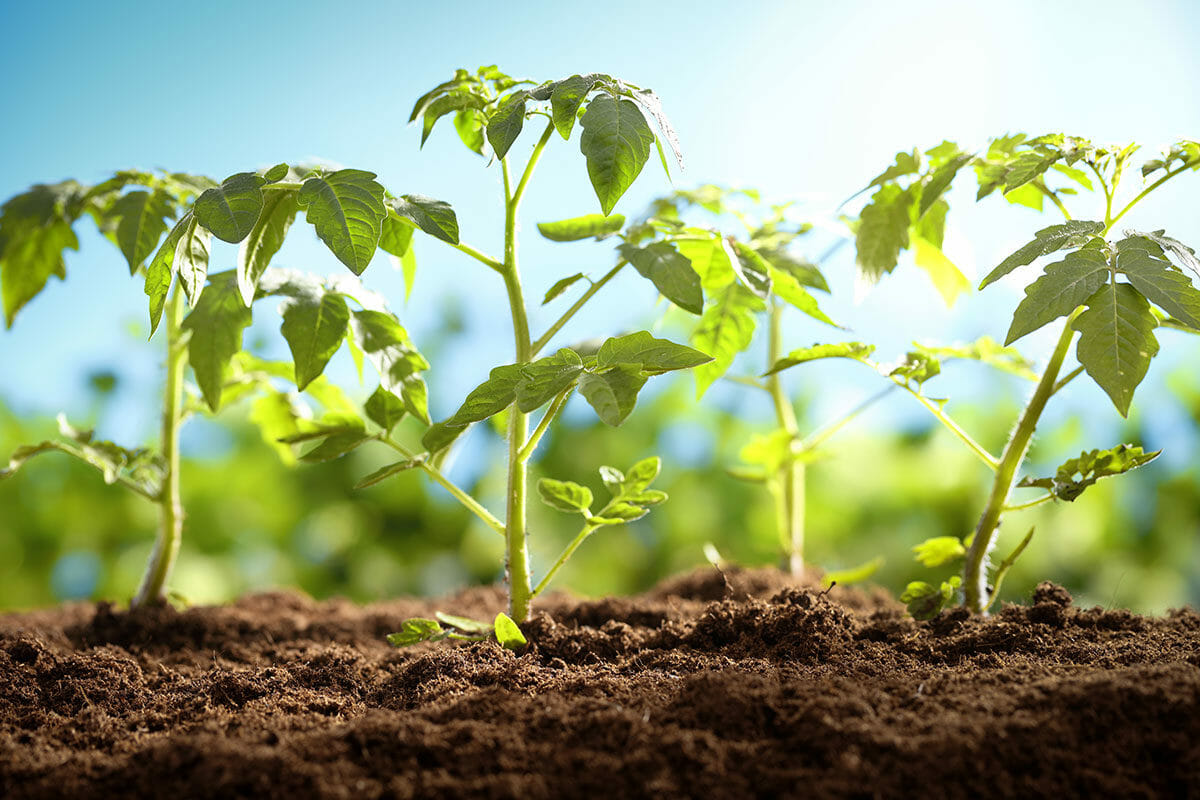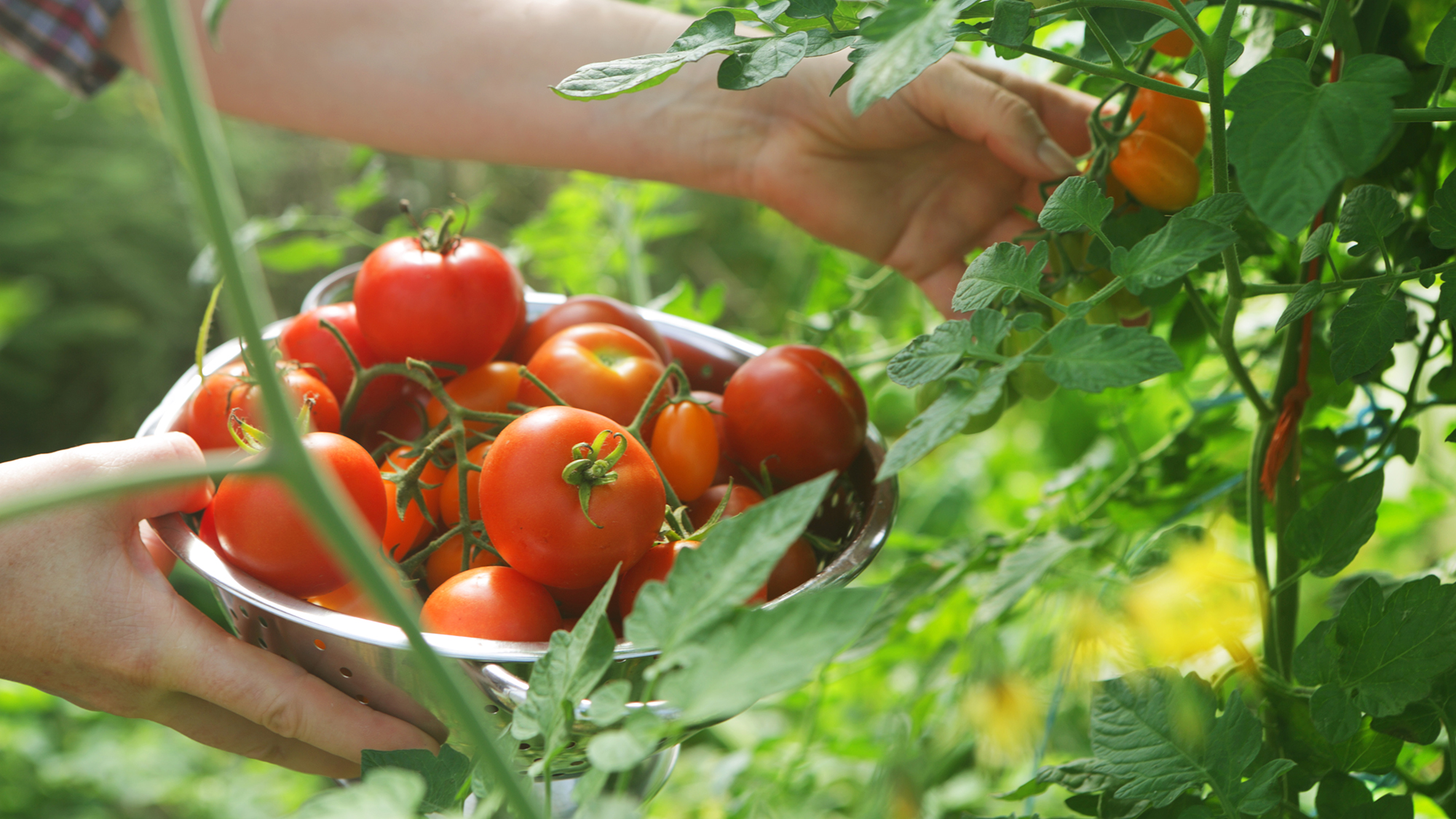Understanding the Ideal Climate for Tomato Planting
Tomato plants thrive in specific conditions, making it essential to understand the ideal climate for optimal growth. Temperature, sunlight, and soil conditions are the three critical factors that affect the ideal planting time. Tomatoes require a warm temperature, typically between 65°F and 70°F (18°C and 21°C), to grow and produce fruit. Adequate sunlight is also crucial, with most tomato varieties needing at least six hours of direct sunlight per day. Soil conditions play a vital role as well, with tomatoes preferring well-draining, fertile soil with a pH between 6.0 and 6.8. By understanding these factors, gardeners can determine the ideal planting time for their tomatoes, avoiding the risks associated with planting too early. For instance, is it too early to plant tomatoes in your region? Check the soil temperature and wait until it reaches the optimal range to ensure a healthy start for your seedlings. By considering these factors, gardeners can create an ideal environment for their tomatoes to thrive.
How to Determine if the Soil is Ready for Tomato Seedlings
Before planting tomato seedlings, it’s essential to ensure the soil is ready to support their growth. Soil temperature, moisture, and structure are critical factors to consider. To check soil temperature, use a soil thermometer to determine if it has reached the optimal range of at least 55°F (13°C). This is crucial, as tomatoes planted in cold soil may experience slow growth or even rot. Additionally, test the soil moisture by inserting your finger into the soil up to the knuckle. If the soil feels dry, it’s time to water. The soil structure is also vital, as tomatoes prefer well-draining, fertile soil with a pH between 6.0 and 6.8. To test for frost, check the soil temperature in the early morning, as this is usually the coldest time of day. If the soil is still too cold, wait a few more days before planting. By checking these factors, gardeners can ensure their soil is ready for tomato seedlings, reducing the risk of poor growth or disease. Remember, is it too early to plant tomatoes in your region? Check the soil temperature and wait until it reaches the optimal range to ensure a healthy start for your seedlings.
The Risks of Planting Tomatoes Too Early
Planting tomatoes too early can be detrimental to their growth and overall health. One of the most significant risks is frost damage, which can occur when the soil is still too cold. Tomatoes planted in cold soil may experience stunted growth, and their leaves may turn yellow or drop off. Additionally, tomatoes planted too early are more susceptible to disease, as the cool weather creates an ideal environment for pathogens to thrive. Slow growth is another consequence of planting tomatoes too early, as the cool temperatures can slow down the plant’s metabolism, making it more challenging to produce fruit. Furthermore, is it too early to plant tomatoes in your region? If so, it’s essential to wait until the soil has warmed up and the risk of frost has passed. By doing so, gardeners can avoid these potential risks and give their tomatoes the best possible start. Remember, timing is crucial when planting tomatoes, and rushing the process can lead to disappointing results.
Regional Variations: When to Plant Tomatoes in Different Climates
Different regions have unique climate conditions that affect the optimal planting time for tomatoes. In warm climates, such as Southern California or Florida, tomatoes can be planted year-round, as the soil temperature remains relatively warm. In cool climates, like the Northeast or Pacific Northwest, tomatoes should be planted in late spring to early summer, when the soil has warmed up and the risk of frost has passed. Temperate zones, like the Midwest or Mid-Atlantic, fall somewhere in between, with planting times typically occurring in late spring. It’s essential to adjust planting times based on regional climate variations to ensure tomatoes receive the ideal conditions for growth. For example, in areas with a short growing season, tomatoes should be planted earlier to allow for sufficient time to mature. In regions with a longer growing season, planting can occur later in the spring. By understanding regional climate variations, gardeners can determine the optimal planting time for tomatoes in their area, avoiding the risks associated with planting too early. Remember, is it too early to plant tomatoes in your region? Check the local climate conditions and adjust your planting time accordingly.
Using Start Dates and Frost Charts to Plan Your Tomato Planting
One of the most effective ways to determine the optimal planting time for tomatoes is by using start dates and frost charts. Start dates refer to the specific date when it’s safe to plant tomatoes outdoors in your area, taking into account the average last frost date. Frost charts, on the other hand, provide a visual representation of the average frost dates for a particular region, helping gardeners plan their planting schedule accordingly. By combining these two tools, gardeners can ensure they’re planting tomatoes at the right time, avoiding the risks associated with planting too early. For example, if the average last frost date in your area is May 15th, you can start planting tomatoes outdoors around late April to early May, when the soil has warmed up and the risk of frost has passed. Remember, is it too early to plant tomatoes in your region? Check your local start date and frost chart to determine the optimal planting time. By doing so, you’ll be able to give your tomatoes the best possible start, setting them up for a successful and productive growing season.
Indoor Seed Starting: A Head Start on the Growing Season
Starting tomato seeds indoors can give gardeners a significant head start on the growing season. By sowing seeds indoors 4-6 weeks before the last frost date, tomatoes can get a jumpstart on the growing season, allowing them to mature faster and produce fruit earlier. This method also allows gardeners to control the growing conditions, ensuring optimal temperature, light, and moisture levels for the seedlings. To start tomato seeds indoors successfully, use seed starting mix, keep the soil warm (around 70-80°F), and provide adequate light. Transplant the seedlings outdoors when they have 2-3 sets of leaves, and the weather is warm and settled. Remember, is it too early to plant tomatoes outdoors in your region? Consider starting seeds indoors to get a head start on the growing season. By doing so, you’ll be able to enjoy a longer harvest period and increase your chances of a successful tomato crop.
Watching for Signs of Spring: When to Plant Tomatoes Outdoors
As the last frost date approaches, it’s essential to watch for signs of spring to determine when to plant tomatoes outdoors. One of the most critical indicators is soil temperature. Tomatoes thrive in soil temperatures between 55°F and 65°F. Use a soil thermometer to check the temperature, and wait until it reaches the optimal range. Another sign of spring is the increase in day length. Tomatoes need at least 6 hours of direct sunlight to grow, so wait until the days are long enough to provide sufficient light. Additionally, observe the weather patterns, and wait for a spell of warm and settled weather before planting tomatoes outdoors. Remember, is it too early to plant tomatoes in your region? Wait for these signs of spring to ensure optimal growth and avoid the risks associated with planting too early. By doing so, you’ll be able to give your tomatoes the best possible start, setting them up for a successful and productive growing season.
Avoiding Common Mistakes: Planting Tomatoes at the Right Time
When it comes to planting tomatoes, timing is crucial. Planting too early can lead to frost damage, slow growth, and increased susceptibility to disease. To avoid these common mistakes, it’s essential to determine the optimal planting time for your region. Remember, is it too early to plant tomatoes in your area? Make sure to check the last frost date, soil temperature, and weather patterns before planting. Additionally, avoid planting tomatoes in cold soil, as this can stunt their growth. Instead, wait until the soil has warmed up to at least 55°F. Another common mistake is not providing enough sunlight for tomato seedlings. Ensure they receive at least 6 hours of direct sunlight per day. By avoiding these common mistakes, you can give your tomatoes the best possible start, setting them up for a successful and productive growing season. To recap, the key to successful tomato planting is to wait for the right time, prepare the soil, and provide optimal growing conditions. By doing so, you’ll be able to enjoy a bountiful harvest of juicy and flavorful tomatoes.








